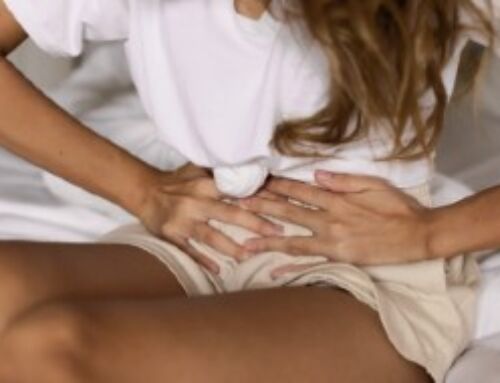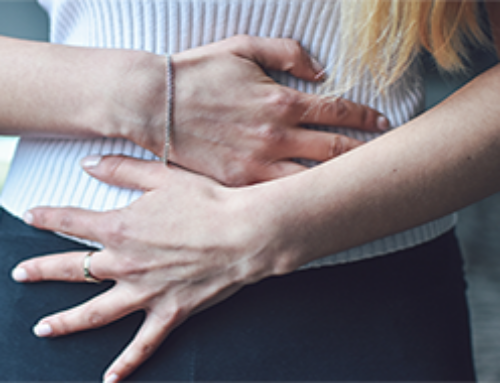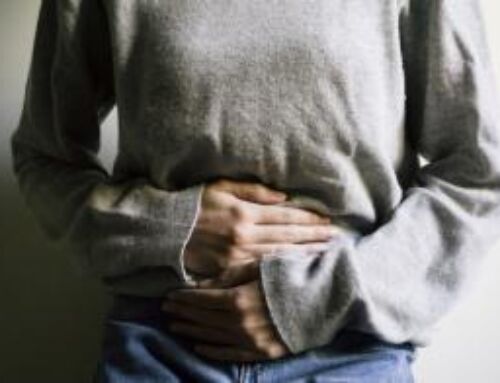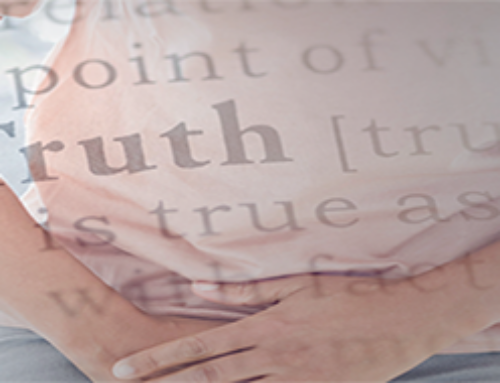Dr. Greg Vigna comments on interstitial cystitis/bladder pain syndrome as an overlooked symptom of pudendal nerve compression.
Dr. Andreas Gohritz wrote: “Pudendal nerve compression should always be taken into account when examining and treating patients with symptoms of interstitial cystitis/bladder pain syndrome.”
Dr. Greg Vigna, national pharmaceutical injury attorney, practicing physician, Certified Life Care Planner comments:
“Patients with a diagnosis of interstitial cystitis following a transobturator sling or mini-sling that inserts into the obturator internus must have pudendal neuralgia from pudendal nerve entrapment ruled out as treatment is entirely different for IC versus mesh related complications, and in some cases leads to unnecessary bladder removal (cystectomy) by unknowing doctors.
We are investigating cases where women have had invasive treatments for IC only to ultimately be diagnosed with pudendal neuralgia and pudendal nerve entrapment caused by secondary nerve entrapment from a transobturator sling implanted years prior.”
He continues, “To date, manufacturers of transobturator slings and mini-slings have provided NO WARNING to physicians of the risk of secondary nerve entrapment to the pudendal nerve which is outside the surgical field and in many cases becomes symptomatic years later because of nerve compression or traction caused by muscle spasm, inflammation, and shrinkage of the mesh in the obturator internus muscle which is adjacent to the nerve. The bladder symptoms of IC are similar to those caused by pudendal neuralgia but pudendal neuralgia has other symptoms described by the Nantes Criteria.”
The symptoms of pudendal neuralgia and pudendal nerve entrapment include the following as described by the Nantes Criteria:
- Pain in the territory of the pudendal nerve from the anus to the clitoris
- Pain is predominantly experienced while sitting
- Pain is relieved by a diagnostic pudendal nerve block
- Burning, shooting, stabbing pain in the perineum
- Pain in the perineum while wearing tight pants/underwear (allodynia)
- Foreign body sensation in the rectum or vagina
- Suprapubic pain, bladder pain, urinary frequency, and urethral pain
- Dyspareunia (pain with sex) before and after
Dr. Vigna concludes, “We have filed latent pudendal nerve injury cases caused by TOT slings with symptoms of bladder pain, frequency, and urethral pain occurring years after implantation. Most of these women have been diagnosed with IC and were treated unsuccessfully for years only to be diagnosed with pudendal neuralgia and pudendal nerve entrapment as their pain syndrome worsens.”
The Vigna Law Group’s target devices include the transobturator slings and mini-slings that insert into the obturator internus muscle as they cause pudendal neuralgia and symptoms consistent with IC including the following:
- Ethicon: TVT-O, Abbrevo
- Boston Scientific: Obtryx, Solyx
- Coloplast: Aris, Altis
Dr. Vigna is a California and Washington DC lawyer who focuses on catastrophic neurological injuries caused by transvaginal mesh devices including pudendal neuralgia, obturator neuralgia, ilioinguinal neuralgia, and Complex Regional Pain Syndrome. He has clients filed around the country with the neurological injuries caused by transvaginal mesh with Martin Baughman, a Dallas Texas firm. Ben Martin and Laura Baughman are national pharmaceutical injury trial attorneys in Dallas, Texas.
To learn more on the anatomical basis for TOT injury or irritation to the obturator and pudendal nerve and the treatments of obturator and pudendal neuralgia visit our website: https://vignalawgroup.com/ebooks/pelvic-mesh-pain/#page=59
Click here for a FREE BOOK on Vaginal Mesh Pain. For articles, video resources, and information visit the Pudendal Neuralgia Educational Portal or https://tvm.lifecare123.com/. Click here for information regarding sling related complications.
References:
https://www.ncbi.nlm.nih.gov/pmc/articles/PMC7060083/pdf/10-1055-s-0039-1700538.pdf
Re: Interstitial Cystitis—Is it Time to Look Beyond the Bladder? Peters KM. J Urol. 2012; 187: 381–382.
Combined site-specific sacral neuromodulation and pudendal nerve release surgery in patient with interstitial cystitis and persistent arousal. Armstrong, Vancaillie. BMJ Case Rep. 2016
De novo pudendal neuropathy after TOT-O surgery for stress urinary incontinence. Paulson JD, Baker J. Journal of the Society of Laparoendoscopic Surgeons 2011;15(3):326-30.
Greg Vigna
Greg Vigna, M.D., J.D.
+1 800-761-9206
gavmdjd@gmail.com
Visit us on social media:
Facebook
Twitter
LinkedIn





